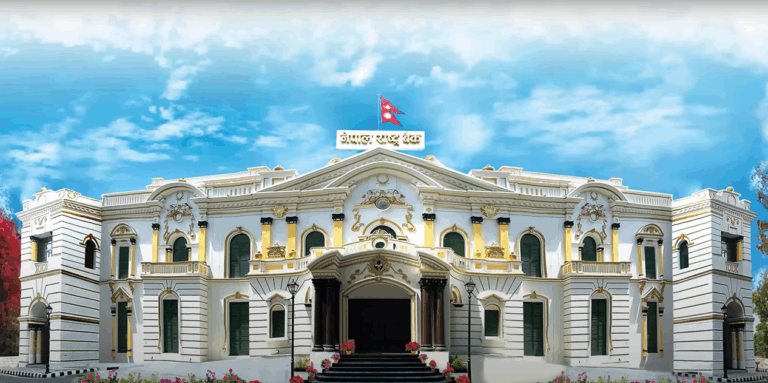

KATHMANDU: Nepali banks have been struggling with excess liquidity for over three years, a situation worsened by the Gen Z protests on September 8-9.
Slower loan disbursement since 2022 created a surplus in the banking system, and recent economic improvements failed to boost credit demand as private sector confidence fell.
Currently, banks hold around Rs 1 trillion in excess funds, with effective liquidity at about 35%, significantly above the 20% required by Nepal Rastra Bank.
In the second month of the current fiscal year alone, banks disbursed R 56 billion in loans but accepted about Rs 90 billion in deposits, increasing liquidity pressure.
The excess liquidity has pushed down interest rates to 2.75%, prompting banks to prioritize short-term loans over long-term lending to minimize future cost risks.
Long-term loans over 10 years now carry 8–11% interest, and some banks have paused low-interest, long-term disbursements anticipating future financial strain.
Many banks are also reluctant to accept large institutional deposits, focusing on individual accounts while managing rising interest payments.
Bankers warn that holding such high liquidity is a systemic risk for the financial sector and could continue to pose challenges for several more years.